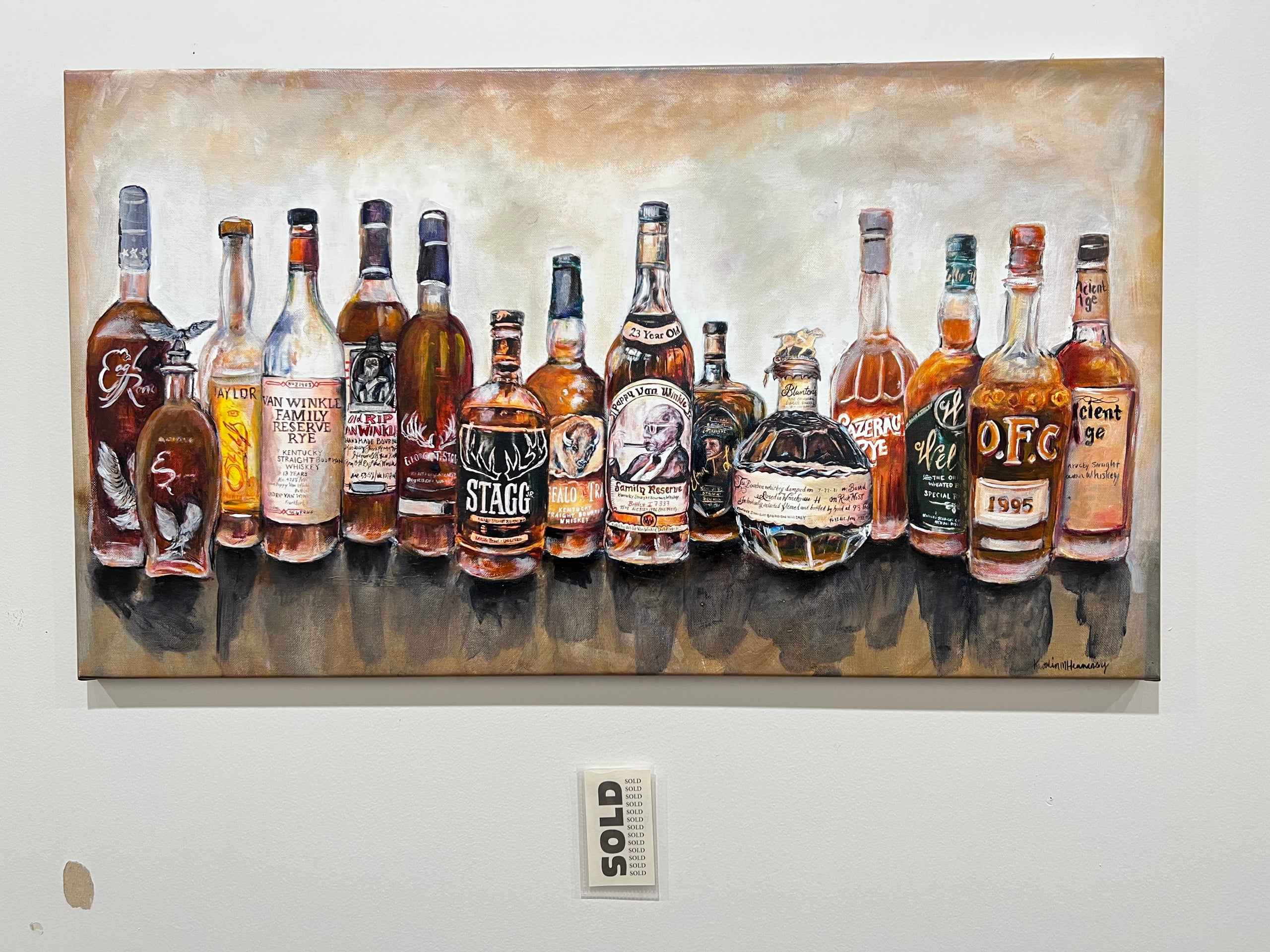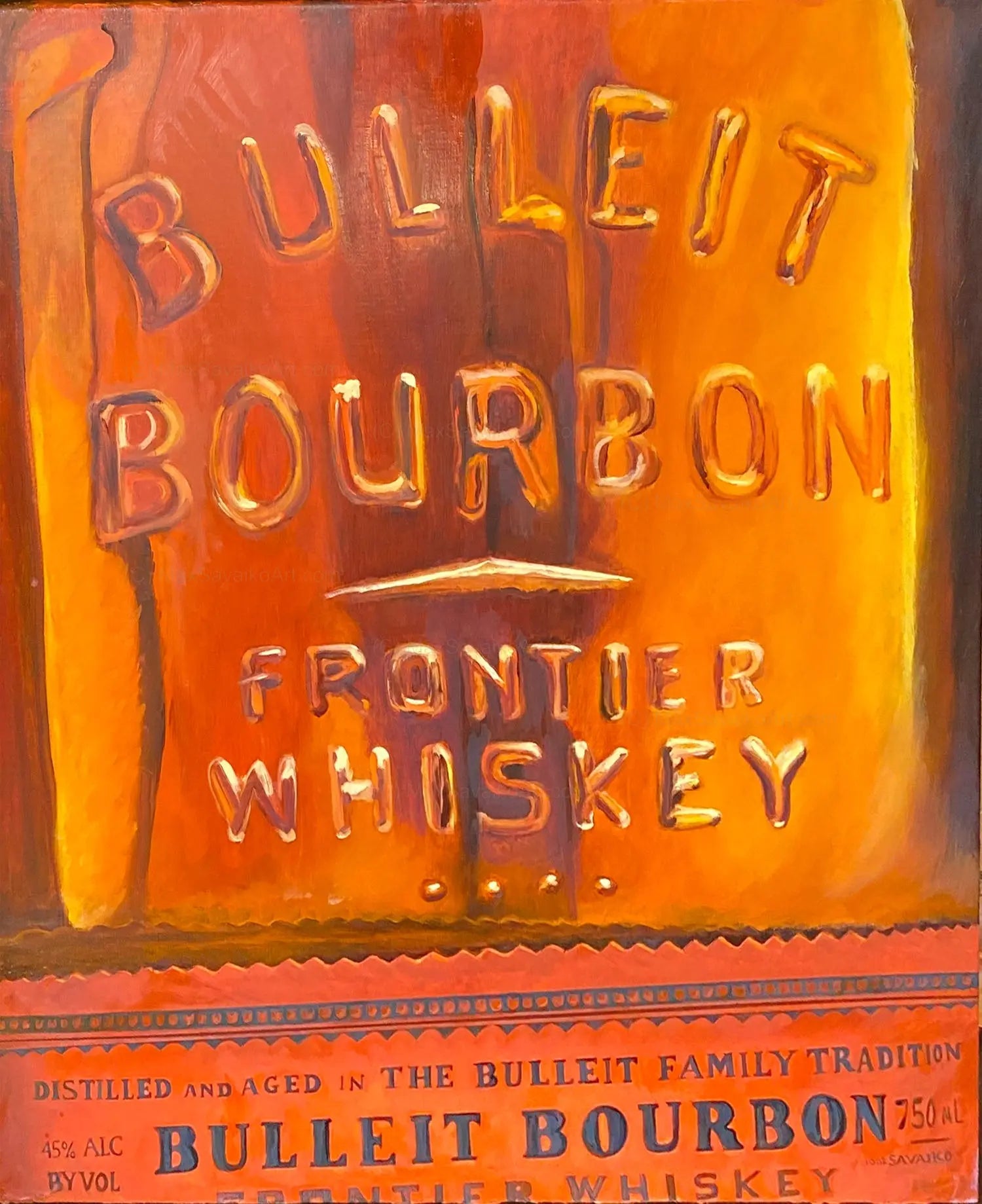Limited Edition: Discover Exclusive Bourbon Art Parts for Collectors
Limited Edition: Discover Exclusive Bourbon Art Parts for Collectors
Blog Article
The Value of Whiskey Art in Celebrating Heritage and Workmanship in the Beverage Sector
The detailed connection between bourbon art and the event of heritage and craftsmanship within the drink industry can not be overemphasized. With thoughtfully developed bottles and tags, whiskey brand names encapsulate their historic roots and the artisanal abilities that define their manufacturing techniques.
The Historical Origins of Whiskey
At the heart of bourbon's allure exists a rich tapestry of historic origins that map back to ancient people. The origins of bourbon can be linked to the purification practices of the Sumerians and Babylonians around 2000 BCE, where very early forms of fermented grain beverages started to arise. It was in the Middle Ages that the art of purification developed substantially, specifically in Ireland and Scotland, leading to the creation of scotch as we recognize it today.
The term "whiskey" itself stems from the Gaelic word "uisce beatha," suggesting "water of life." This phrase highlights the cultural relevance of bourbon in Celtic societies, where it was often linked with routines, parties, and communal bonding. By the 15th century, distillation ended up being an identified craft within monastic neighborhoods, leading the means for the establishment of legal distilleries.
As trade paths increased, bourbon's appeal expanded, transcending regional limits and catching the rate of interest of aficionados worldwide. Bourbon Art. This historical journey reflects not just the workmanship behind whiskey production but also its essential function in social and social contexts, noting it as a considerable beverage throughout background
Artistic Expression in Branding
Scotch branding stands as an engaging junction of virtuosity and business, where aesthetic identification plays a crucial role in shaping consumer understanding. The appearances of whiskey tags, product packaging, and advertising and marketing products show not only the brand's tale yet likewise its core values and heritage. Through artistic expression, distilleries convey a story that reverberates with consumers, evoking emotions and stimulating connections.
Using shade, typography, and imagery in branding offers to separate products in a saturated market. For instance, conventional motifs might evoke a feeling of authenticity and craftsmanship, while contemporary designs can indicate advancement and forward-thinking. This critical artistic instructions enhances brand name recognition and commitment, allowing customers to build a personal partnership with the scotch they pick.
Furthermore, imaginative expression in branding usually acts as a party of regional heritage. Distilleries often include regional icons or historical recommendations right into their designs, creating a local color that welcomes customers to take part in a more comprehensive cultural experience. Eventually, the creativity behind bourbon branding not only improves aesthetic appeal however additionally enriches the general story of the brand name, fostering a deeper recognition for the workmanship and heritage embedded in each bottle.
Workmanship in Container Style
The creativity noticeable in bourbon branding prolongs beyond visual identification to include the craftsmanship associated with container layout. Each container works as a vessel not simply for the spirit within, but also for the story it outlines its beginning, tradition, and high quality. The style process needs precise interest to detail, as aspects such as material, form, and closure contribute considerably to the general understanding of the scotch.
Craftsmanship in bottle layout entails picking high-grade glass that can boost the bourbon's color and clarity, while additionally supplying a tactile experience for the consumer. The shape of the container need to be both practical and aesthetically appealing, usually mirroring the heritage of the brand name. Numerous distilleries opt for one-of-a-kind forms or embossed logo designs that stimulate a sense of credibility and background.
Additionally, the label design and typography play a critical duty in interacting the brand name's story. Whiskey Art. A well-crafted container not only captivates the customer's eye yet also reinforces the brand name's commitment to top quality and tradition. In this means, the workmanship of bottle style becomes an essential aspect of the scotch experience, combining virtuosity with a profound regard for heritage
Cultural Value of Scotch Art
Commemorating tradition and workmanship, the cultural significance of whiskey art goes beyond plain appearances, intertwining with the historical and social stories of the areas from which it stems. Each bottle works as a canvas, illustrating the distinct tales, folklore, and practices that have formed neighborhood whiskey-making practices. The complex designs commonly mirror the heritage of the distillers, including signs and themes that reverberate with the culture and worths of their neighborhoods.

On top of that, whiskey art plays a vital function in communal events and celebrations, working as a tangible link in between people and their shared experiences. By valuing the artistry in scotch product packaging, consumers grow a deeper understanding and regard for the craft, ultimately enhancing their satisfaction of the beverage itself.
Modern Trends in Bourbon Presentation
In the last few years, the discussion of whiskey has progressed to mirror modern preferences and trends while still recognizing traditional craftsmanship - Realism Art. Distilleries are increasingly concentrating on visual elements that improve the overall alcohol consumption experience, linking the gap between heritage and modernity
Cutting-edge container designs have arised, often integrating lasting products and artistic labels that inform discover this info here engaging tales. Many brands now work together with neighborhood musicians, instilling their products with distinct visual expressions that reverberate with customers. In addition, limited-edition releases are frequently packaged in collectible containers, adding value and charm for aficionados.

Verdict
In verdict, bourbon art offers as an essential avenue for sharing the heritage and workmanship integral in the drink industry. Via detailed branding, cutting-edge container layouts, and culturally significant artistic elements, bourbon brands properly honor their customs and connect with consumers.


Workmanship in bottle style involves selecting top quality glass that can enhance the bourbon's shade and clearness, while also providing a responsive experience for advice the customer. In this method, the craftsmanship of container layout ends up being an important facet of the bourbon experience, merging artistry with an extensive regard for heritage.
In conclusion, bourbon art offers as an important conduit for sharing the heritage and craftsmanship inherent in the drink market.
Report this page